Currently, the economy is in flux. Inflation remains high, but there’s also a strong chance that a recession is on the horizon. Many of the steps that were taken to curb inflation make a recession more likely. As a result, experts generally believe one will occur this year. As a means of protecting your well-being, protecting your savings is a must. Here are five steps you can take to recession proof your savings.
1. Have a Separate Emergency Fund
While an emergency fund is a type of savings, it’s different from the money that’s set aside for specific goals, such as buying a house or securing your retirement. With an emergency fund, you have cash available that you can tap into when genuine financial emergencies occur. Plus, by separating it from your other savings, you won’t accidentally tap into those funds.
At a minimum, strive to have $1,000 or enough money to cover your insurance deductibles – whichever is higher – in an emergency fund. Once you have that, aim for three to six months of living expenses. That ensures you have a cushion that you can use during legitimate emergencies, making it easier to protect your retirement and other goal-oriented savings.
2. Take Advantage of Higher Interest Rates
Due to steps taken to reduce inflation, interest rates are on the rise. While this isn’t ideal if you’re looking to open new debt accounts, it works in your favor if you want to recession proof your savings. By keeping any stashed cash in a high-yield online savings account with a higher interest rate, the money you set aside grows more quickly. Plus, it doesn’t come with the risks associated with investing.
Look at your current interest rates on your savings accounts and compare them to what’s offered by other institutions. If your current rate is notably below what’s available elsewhere, consider moving the cash to a savings account at a different bank or credit union. That way, your money grows faster, giving you a bigger cushion during a recession.
3. Revamp Your Budget Now
In many cases, it’s best to update your budget to address potential financial difficulties that a recession creates well before it’s necessary. By updating your budget now and eliminating unnecessary spending, you can focus more of your energy on building an emergency fund or saving for other purposes.
Then, if a recession negatively impacts your income, your budget might still work based on the new amount you have coming in each month. Essentially, by living below your means now, you’re giving yourself some space and preparing for a time when your earnings may drop, making any future adjustments either unnecessary or easier to manage. In turn, you might not need to turn to your savings as quickly, allowing you to preserve your stashed cash.
4. Reduce Your High-Interest Debt
High-interest debts – such as credit cards and specific personal loans – cost you a lot in interest over time. By working to reduce what you owe ahead of schedule, you’ll pay less in interest over time.
Plus, when you pay off more of your credit card, the monthly minimum payment declines. While you should aim to keep your payments high to tackle your debt, this can give you a bit of a reprieve during financially challenging months. If necessary, you can transition to the lower minimum payment to provide you with more room in your budget, making it easier to avoid tapping into your savings.
5. Don’t Make Dramatic Investment Changes
During a recession, stock market fluctuations are common. However, responding to those dips by pulling your money out of long-term investments isn’t necessarily wise. In most cases, recessions are short-term episodes, and markets ultimately recover (and typically continue to grow). Since that’s the case, it’s best to leave long-term investments in place if you aren’t planning to tap those funds in the near future.
Plus, it’s critical to remember that pulling money out of the market comes with a cost. Barring specific retirement accounts and being of retirement age, you’ll usually owe taxes on any market-related earnings. As a result, selling the investments and taking the cash often comes at a price.
Additionally, market downturns can be great investment opportunities. You may be able to add securities at a lower price, allowing you to benefit from any growth that occurs when the market recovers. Just make sure you research the investments before dedicating any funds, particularly if the company itself is financially at risk of a negative outcome due to the recession.
Do you have any other tips that can help someone recession proof their savings? Have you already taken steps to recession proof your savings and want to tell others why you made the various moves? Share your thoughts in the comments below.
Read More:


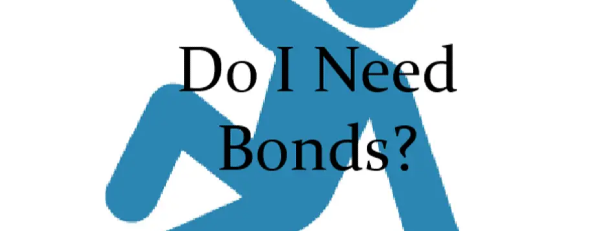





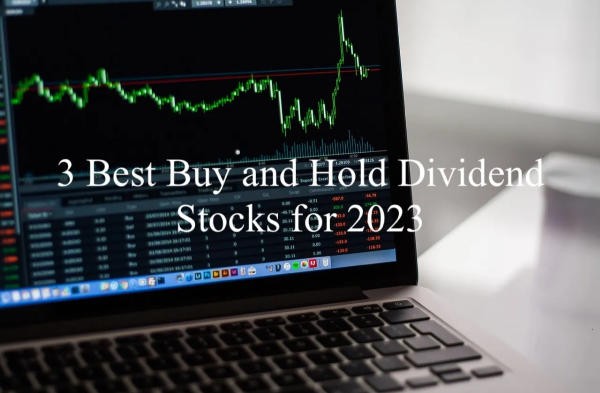
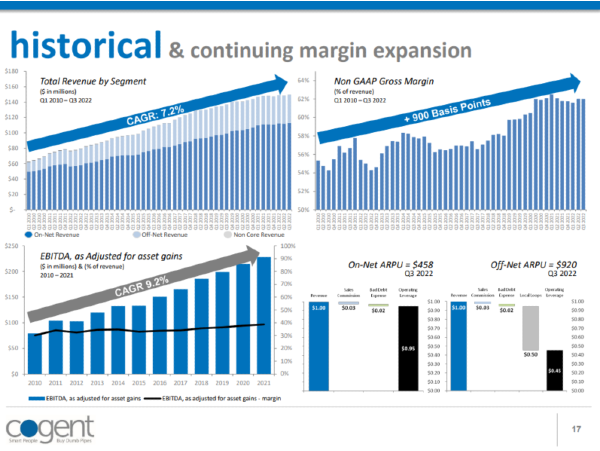

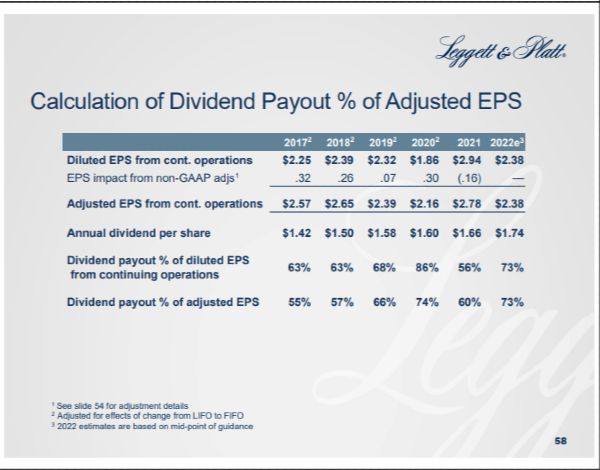








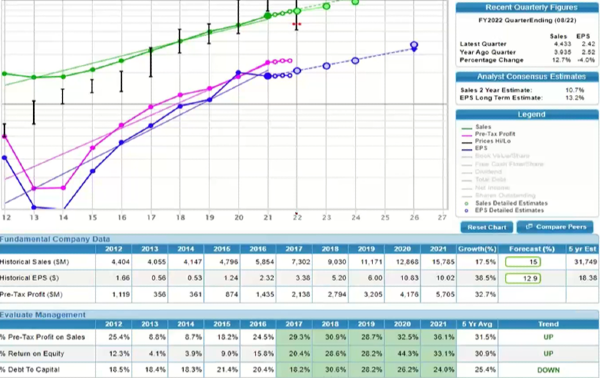








Currently, the economy is in flux. Inflation remains high, but there’s also a strong chance that a recession is on the horizon. Many of the steps that were taken to curb inflation make a recession more likely. As a result, experts generally believe one will occur this year. As a means of protecting your well-being, protecting your savings is a must. Here are five steps you can take to recession proof your savings.
1. Have a Separate Emergency Fund
While an emergency fund is a type of savings, it’s different from the money that’s set aside for specific goals, such as buying a house or securing your retirement. With an emergency fund, you have cash available that you can tap into when genuine financial emergencies occur. Plus, by separating it from your other savings, you won’t accidentally tap into those funds.
At a minimum, strive to have $1,000 or enough money to cover your insurance deductibles – whichever is higher – in an emergency fund. Once you have that, aim for three to six months of living expenses. That ensures you have a cushion that you can use during legitimate emergencies, making it easier to protect your retirement and other goal-oriented savings.
2. Take Advantage of Higher Interest Rates
Due to steps taken to reduce inflation, interest rates are on the rise. While this isn’t ideal if you’re looking to open new debt accounts, it works in your favor if you want to recession proof your savings. By keeping any stashed cash in a high-yield online savings account with a higher interest rate, the money you set aside grows more quickly. Plus, it doesn’t come with the risks associated with investing.
Look at your current interest rates on your savings accounts and compare them to what’s offered by other institutions. If your current rate is notably below what’s available elsewhere, consider moving the cash to a savings account at a different bank or credit union. That way, your money grows faster, giving you a bigger cushion during a recession.
3. Revamp Your Budget Now
In many cases, it’s best to update your budget to address potential financial difficulties that a recession creates well before it’s necessary. By updating your budget now and eliminating unnecessary spending, you can focus more of your energy on building an emergency fund or saving for other purposes.
Then, if a recession negatively impacts your income, your budget might still work based on the new amount you have coming in each month. Essentially, by living below your means now, you’re giving yourself some space and preparing for a time when your earnings may drop, making any future adjustments either unnecessary or easier to manage. In turn, you might not need to turn to your savings as quickly, allowing you to preserve your stashed cash.
4. Reduce Your High-Interest Debt
High-interest debts – such as credit cards and specific personal loans – cost you a lot in interest over time. By working to reduce what you owe ahead of schedule, you’ll pay less in interest over time.
Plus, when you pay off more of your credit card, the monthly minimum payment declines. While you should aim to keep your payments high to tackle your debt, this can give you a bit of a reprieve during financially challenging months. If necessary, you can transition to the lower minimum payment to provide you with more room in your budget, making it easier to avoid tapping into your savings.
5. Don’t Make Dramatic Investment Changes
During a recession, stock market fluctuations are common. However, responding to those dips by pulling your money out of long-term investments isn’t necessarily wise. In most cases, recessions are short-term episodes, and markets ultimately recover (and typically continue to grow). Since that’s the case, it’s best to leave long-term investments in place if you aren’t planning to tap those funds in the near future.
Plus, it’s critical to remember that pulling money out of the market comes with a cost. Barring specific retirement accounts and being of retirement age, you’ll usually owe taxes on any market-related earnings. As a result, selling the investments and taking the cash often comes at a price.
Additionally, market downturns can be great investment opportunities. You may be able to add securities at a lower price, allowing you to benefit from any growth that occurs when the market recovers. Just make sure you research the investments before dedicating any funds, particularly if the company itself is financially at risk of a negative outcome due to the recession.
Do you have any other tips that can help someone recession proof their savings? Have you already taken steps to recession proof your savings and want to tell others why you made the various moves? Share your thoughts in the comments below.
Read More:
Originally Posted in The Free Financial Advisor